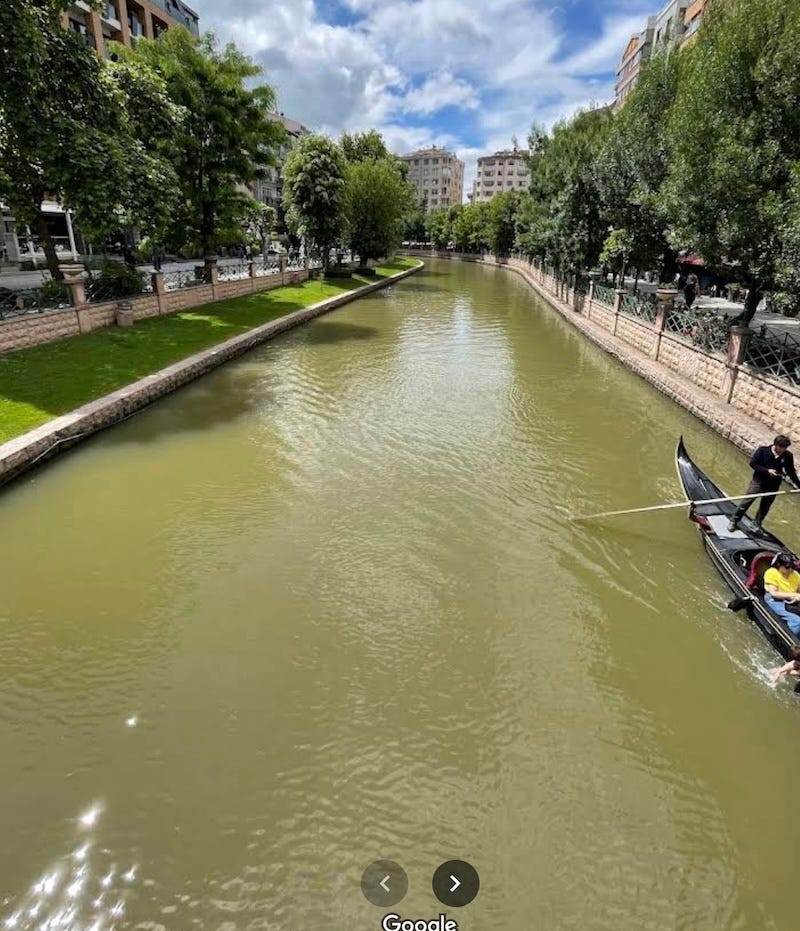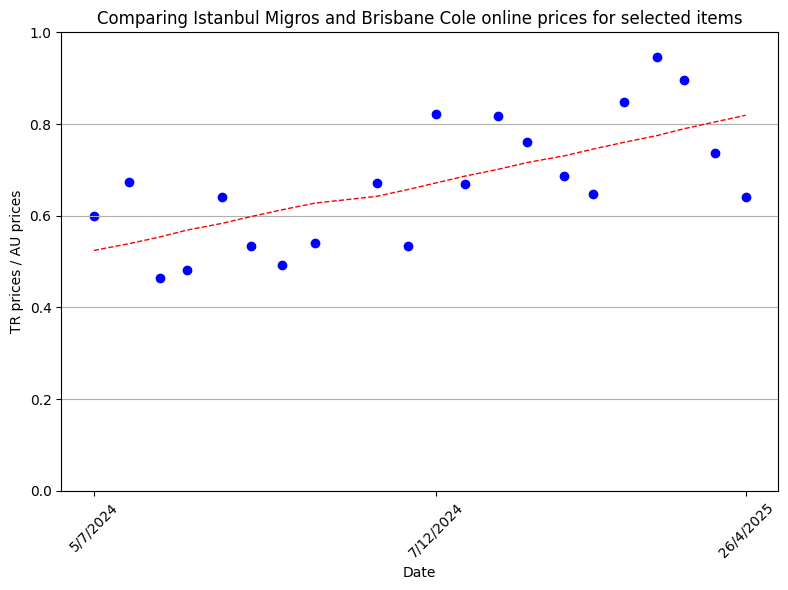Diary Notes
Are we more protective of our children compared to how we were raised by our parents? Is this a good thing?
If you like what you read, copy and share the link, post it on another platform.
Please also subscribe to make sure you will not miss future posts. Subscription is free. Your email will not be used for other purposes. You will receive no advertisements.
-+-+-+-+
Are we more protective of our children today compared to what we experienced as children ourselves? Various studies have addressed changes in youth resilience over the last century, and the consensus among researchers seems to be that today’s youth are mentally more vulnerable. The extensive title of a book by University of San Diego professor Jean Twenge says it all: “iGen: Why Today’s Super-Connected Kids Are Growing Up Less Rebellious, More Tolerant, Less Happy—and Completely Unprepared for Adulthood—and What That Means for the Rest of Us.” Similarly, in “The Coddling of the American Mind: How Good Intentions and Bad Ideas Are Setting Up a Generation for Failure,” Jonathan Haidt and Greg Lukianoff argue that well-intended but misguided attempts to protect young people inadvertently hinder their development, leaving them ill-prepared for future challenges.
I do not recall much from my early childhood, but what I remember suggests that I was far less supervised than children of today. Did this make me a better person? I cannot say. Did it expose me to risks with potentially severe consequences? Probably.
Riverside escapade
My earliest coherent memory is going awol to walk to my aunt’s home alone. We lived near the Porsuk River until I was five and I probably was around four years old when I set out on a walk along the river to visit my aunt. Measuring the distance now using Google Maps, it is about half a kilometer. According to a photo on Google Maps, this is how the Porsuk looks today along the banks where I walked 65 years ago.
I can only imagine how anxious my parents must have felt, although I don’t recall their reactions. What I do remember clearly is walking along the riverbank. Back then, the regulator on the Porsuk River had not yet been built, and water levels fluctuated significantly with the seasons. There were stone walls along the riverbed, but I walked down on the muddy shoreline. I remember carefully jumping over wet patches caused by rainwater sewerage pipes coming off the walls. I don’t recall being scared of falling into the river, but I vividly recall my anxiety on finding the right spot to climb up the wall and cross the street to my aunt’s home.
Cowboys and Indians at construction sites
When I was five, we moved to a new place on Gülnihal Sokak, an area now considered almost the city centre. At the time, much of the land between Gülnihal and Yunus Emre Streets was vacant or under construction. We loved playing at construction sites. Back then, construction sites were not fenced. After the workers left in the afternoons or during weekends, we were free to explore the brick shells of new five-storey buildings. We would fearlessly climb the bare concrete stairways, playing our version of Cowboys and Indians, hunting each other by climbing in and out of window openings in the unfinished brick walls.
A popular rite of passage was jumping onto the sand piles below the buildings, used by the workers to make mortar. My friends and I demonstrated our bravery by jumping from second-storey windows. A few daring souls attempted jumps from the third floor, but I never did.
Speaking of mortar reminds me of another incident. Cement was expensive then, so lime putty was commonly used as a binding material for mortar and plaster. This required pits to be dug at construction sites where lime and water were mixed to produce slaked lime (calcium hydroxide), commonly known as lime putty. These pits remained active for days, enhancing the quality of the lime putty. One day, a boy fell into one of these pits. The edges were slippery, and he couldn’t climb out. I leaned in and pulled him to safety. When my mother questioned the lime all over my clothes, I proudly described my rescue mission, expecting praise. Instead, I was reprimanded. Looking back, they must have been horrified by the thought that I could have fallen in as well, resulting in two tragedies. Nevertheless, they likely understood that I could not have stood by and done nothing.
Stone-Throwing Battles
Most of the land southeast of our street toward Odunpazarı consisted of empty fields. Every few months, we would have battles there with kids from the other side of Yunus Emre Caddesi. I was only nine or ten and never got close enough to speak with our opponents. While I participated, I remember feeling quite scared. I still have no idea why we fought. Perhaps those kids were “manavs,” older residents of the town, whereas we were newcomers, having settled there just fifty years earlier during the First World War.
Carbide-Powered Projectiles
Another risky game involved placing a highly reactive stone into a tin can and quickly overturning it into a shallow pit filled with water. The stone reacted with the water, generating gas pressure that propelled the tin into the air. We called the stone “carbide” (“karpit” in Turkish). Now, I know it was calcium carbide, which, when wet, produces acetylene gas and calcium hydroxide.
This was undoubtedly a dangerous activity that would horrify today’s parents. Occasionally, no explosion would occur, prompting the bravest among us to approach the tin and cautiously overturn it with a long stick.
Reflecting on these memories, I wonder if today’s more cautious approach to parenting, while safer, might be depriving children of valuable lessons in resilience and courage. Balancing safety and freedom seems essential, but perhaps we have leaned too far in one direction, overlooking the importance of risk-taking in developing confident, capable adults.
Australian Defence Strategy
After Hugh White left the Defence Department, the Australian Defence strategies have been becoming increasingly more incoherent every year. This is because his predecessors are content to stick to the US narrative but address the sensitivies related to our geographical location with window dressing. The following video explains this very well. It is a sketch comedy but more insightful I think than many commentaries I have read on the Australian Defence objectives:
-+-+-+-+
Books I Read
Ursula K Le Guin, The Dispossed
When I read this book forty years ago, I remember enjoying it, though I recall little else from that time. Having reread it last month, I found it somewhat dull. The portrayal of the competition between anarcho-socialism and capitalism felt predictable and clichéd.
A Fresh Twist on the Noir Tradition: Harkaway’s Titanium Noir and Sleepers Beach
Titanium Noir was published in 2023, but I only read it last month. I loved it and quickly bought its sequel, Sleepers Beach, which was released earlier this year.
Nick Harkaway is a brilliant author. These books feel like old-style hard-boiled detective novels (think Mickey Spillane) but set in a world where a medical breakthrough allows people to greatly extend their lives. One side effect of this treatment is bodily enlargement. As you know, Titans were the superhumans of Greek mythology, and there was a ten-year war between the Olympian gods and the Titans, which ended with the Titans’ defeat and imprisonment by Zeus.
In Titanium Noir, there are no gods—only humans and a small number of Titans. The story makes several references to Ancient Greece, such as Othrys, the lake around which the unnamed city is located. The year is unspecified but appears to be set about three or four centuries into the future. Apart from some advances in biology and medicine, the technology is much like ours. The people also talk the same way we do and have the same cultural references. This stagnation is explained as a consequence of the Titans’ near-immortality:
"I ask about Harpo and the Marx Brothers, but Abigail doesn’t know. She hates old movies and TV shows. A lot of people do, without knowing why. It doesn’t occur to them to notice that we’re locked to the patterns of life in the moment T7 was developed, as if there can’t be new things because the old ones aren’t going away."
— Harkaway, Nick. Titanium Noir (A Titanium Noir novel), p. 107
The country is also unnamed but feels very much like England, down to British socialist narratives and Marxist references:
"God has been a socialist since 1848 when Karl Marx explained things to him. Ever since."
— Harkaway, Nick. Titanium Noir (A Titanium Noir novel), p. 195
Cal Sounders, the detective protagonist, seems styled after Mike Hammer, one of my dad’s favorites. I thoroughly enjoyed reading both Titanium Noir and Sleepers Beach and look forward to more from Harkaway in the T7 world.
-+-+-+-+
Comparing Istanbul and Brisbane prices - AT index
Based on my basket of goods, Australia is 56% more expensive this week compared to Istanbul. Both Coles (AU) and Migros (TR) prices are expressed in Turkish liras for the items in the basket on 26 April 2025. I converted Coles prices to Turkish liras at the exchange rate of 1AUD=24.58 TRY.
The trend (the red dotted line) is rising, which means that, since 5 July 2024, the Turkish prices are slowly approaching the Australian prices. Some items, e.g. beef mince, is more expensive than in Brisbane and has been consistently so since I started this chart.
The code to create the above tables and the chart is in my github repository and can be downloaded if you are interested.


